“When I use a word, it means whatever I want it to mean.”
So began Louise Wright and Stuart Davidson in their recent article, “How to tell the difference between a model and a digital twin.”[1] Indeed, the words spoken by Lewis Carroll’s Humpty Dumpty in Alice’s Adventures through the Looking Glass might well be applied to any number of marketing campaigns discussing this latest, most fashionable moniker for a virtual representation of an actual phenomena. “Digital twin is currently a term applied in a wide variety of ways,” Wright and Davison continued, their message being that clarity of meaning is essential. Excessive marketing hype and one-upmanship name-dropping distorts a term, which leads to disillusionment about the concept, which leads to underutilization of a good thing.
This article is the first in a three-part series seeking to clarify what a digital twin means in the chemical process industries (CPI), how models and twins are used, and some techniques that can convert a model to a twin.
About the Author
R. Russell Rhinehart
ControlGlobal.com

Leaders relevant to this article:
